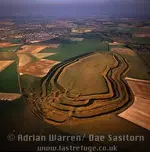irbaddadjoe
Sr. Member
About 20 years ago while working part time for a moving company we where loading the trucks when I noticed a large hand drawn map hanging on the wall of a lady we were helping to move. When I asked her about it she said it was a map of a cave system on a mountain behind the house that her father had spent his life mapping. Being young I remember thinking that had to be a huge cave. She said her father never did finish mapping it before he died. Anyway years have passed and I never did hear anything else about this hill and figured if there was something there it would be front page news. Although everytime I have ever passed I would look at this hill and wonder and think something just looks different about this place. Well I was messing around with some of the new aerial imagery we have nowadays and remembered this place and thought I would have a look. Now I am really fascinated with this place. The appearance of the rocks seem very much man made. I thought it might be worth a post. Dare we wonder?



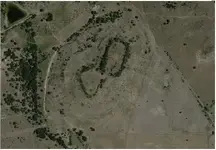
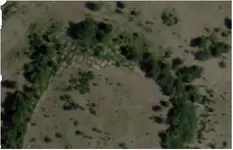
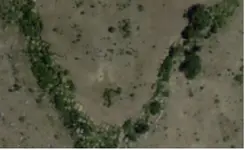
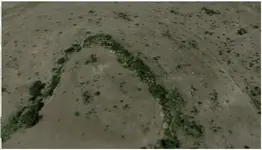

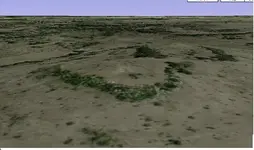
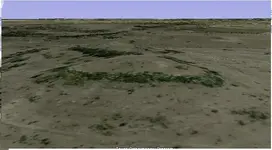
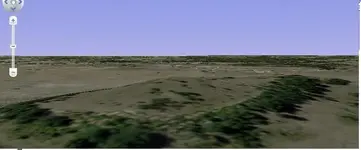
 I'd be up there in a flash
I'd be up there in a flash 